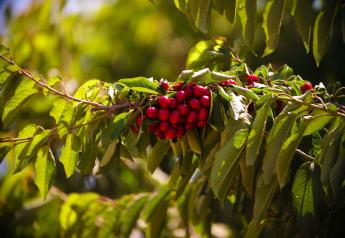Eastern apple crop is snapping to it in 2021
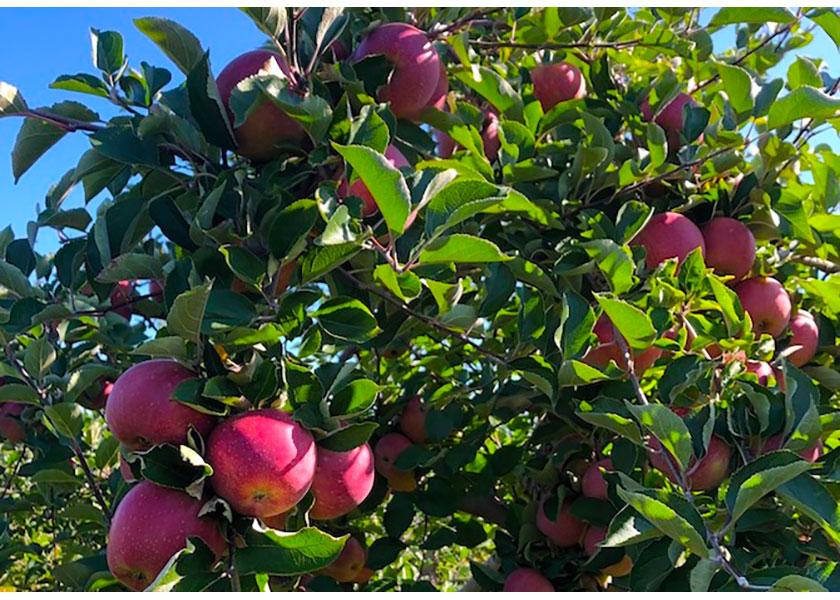
“The weather this year has been much more conducive to fruit growing than last year, with abundant rain and moderate temperatures,” said Jessica Wells, executive director of Crunch Time Apple Growers.
“Recent heat is helping build sugar, and as we approach fall, we are hoping to have some cool nights, which will help color the apples perfectly.”
Lockport, N.Y.-based Crunch Time is comprised of 152 members that grow and market the SnapDragon and RubyFrost apple varieties almost exclusively grown in New York.
New York — the largest apple producer on the East Coast and second-ranked nationwide after Washington — is experiencing a stable production year, growers say.
“New York’s crop is shaping up nicely and we expect to be on par with our five-year average of somewhere between 29 and 30 million bushels of apples, of all sizes and a diverse mix of varieties,” said Cynthia Haskins, president and CEO of Apples from New York, the association representing 600 apple growers.
Read related: H-2A program helps growers navigate labor shortage
Even so, the state’s production was forecast at 1.35 billion pounds, off 2% from 2020, according to the August crop production forecast report from the U.S. Department of Agriculture.
Growing season
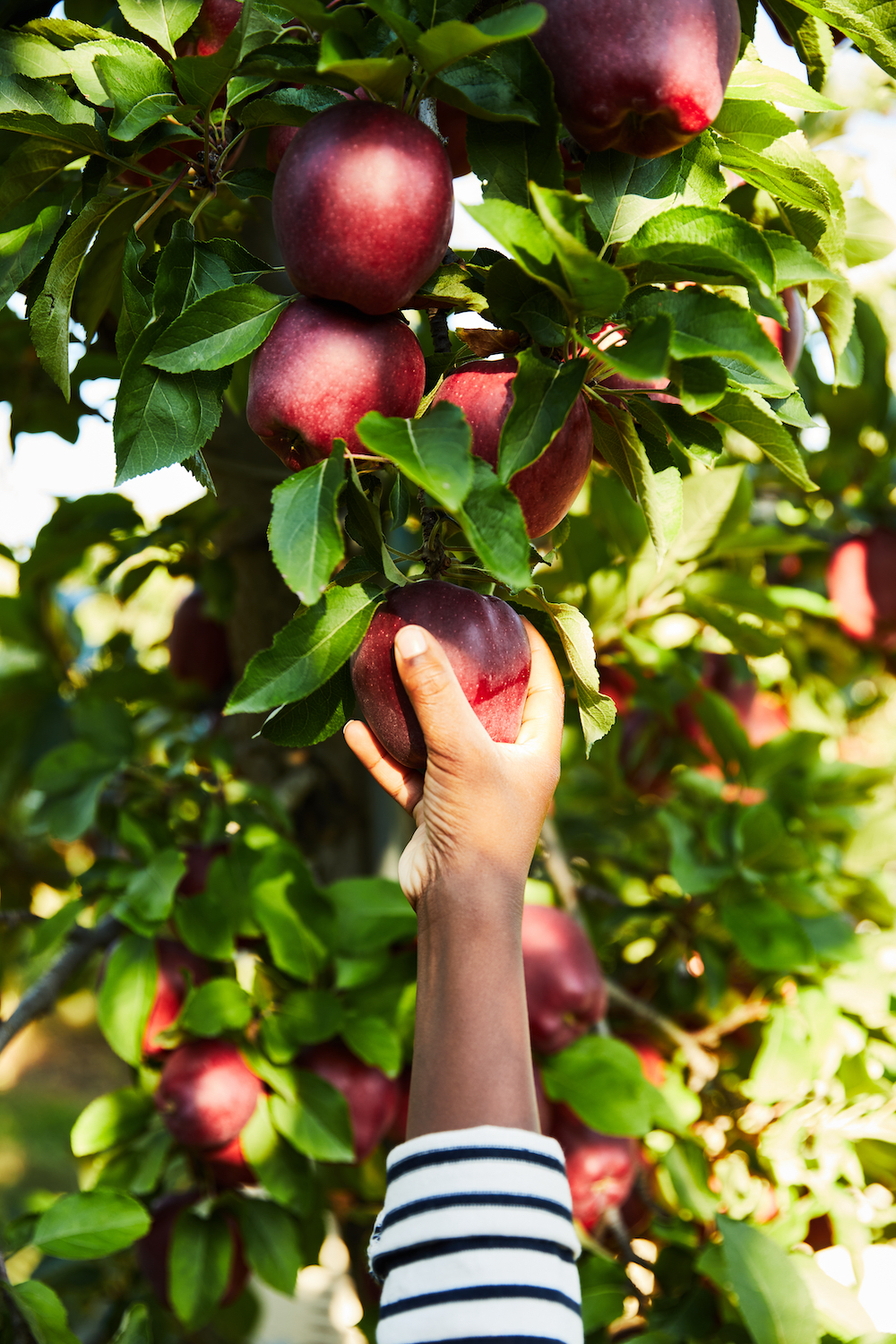
New York growers are ahead of the typical growing season and expected to harvest a few days early in all growing regions, ramping up significantly the week of Aug. 23, said Kaari Stannard, president and CEO of Yes! Apples, the consumer-facing brand of New York Apple Sales, Glenmont, N.Y.
“We couldn’t ask for better weather here in New York this season, although our season started cold and dry,” she said. “Our trees made it through the frost season with minimal damage, allowing for full crop potential on almost all varieties. Since bloom, we have received adequate rainfall, allowing for good fruit sizing, as well as tree growth for new orchards.”
Yes! Apples represents 50 growers farming almost 5,000 acres statewide. By mid-August, the company’s growers were harvesting Rave, Honeycrisp and ginger gold while gearing up for fall harvest with many more varieties.
Read related: Sean Gilbert honored as The Packer’s 2021 Apple Man of the Year
Growers continue to focus their plantings on Honeycrisp, gala, fuji and a select handful of club varieties.
In 2020, the lower Hudson Valley had an early frost that affected some acreage, but for 2021, Stannard said she expect overall volume to be slightly up.
“Most varieties came back with solid crops, with Honeycrisp being slightly down from last year,” she said.
Fruit size could be up one to two sizes on most varieties from last season, due to summer rains statewide.
With trees of good foliage and loaded with fruit, the eastern region of the U.S. has not suffered from the extreme heat that affected the upper Northwest, said
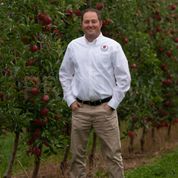
Photo courtesy
United Apple Sales
Brett Baker, co-owner and corporate vice president of United Apple Sales, Lyndonville, N.Y.
“The cool nights in the Northeast are helping to develop high color fruit and great flavor, which are hallmarks of our regional program,” he said in a news release.
The mainline varieties such as fuji, gala, ginger golds, and mcintosh have a good balance between increased sizing and more volume. Orchards for club varieties such as EverCrisp, RubyFrost and SnapDragon are maturing and producing more fruit in the 72 to 88 count sizing that retailers prefer for trays, which complements the need for smaller fruit for bagged-apple programs.
Read related: Growers should tell sustainability story
Early varieties such as paula red and ginger gold were expected to be ready for picking by mid-August. Gala and mcintosh will start in early September, Honeycrisp will begin in mid-September, and fuji will be starting picking in late September.
The Hudson Valley’s SnapDragon should be ready for harvesting between mid-September and mid-October, and then growers in Champlain Valley will finish toward the end of that window, Wells said.
RubyFrost harvests about a month after Snapdragon, with geography also playing the biggest factor in its harvest date.
“But with RubyFrost – if the fruit will be sold immediately and not stored, it will hang a little longer to increase flavor and sugar content,” she said.
So, retailers can expect SnapDragon to available about Oct. 1 and RubyFrost by mid-November.
Read related: Fresh Innovations California to exhibit premium organic sliced apple products
The volume of the RubyFrost crop should be the same as 2020, while the SnapDragon crop will increase by 10%-20%.
Some of the cooperative’s growers are still adding SnapDragon acreage as the variety continues to sell out each year.
Based in Gardners, Pa., Rice Fruit Co. is on schedule and already deep into harvesting and packing gala, Premier Honeycrisp and ginger gold varieties, said Valerie Ramsburg, who works in sales and marketing.
“Each apple with a different flavor profile makes for a great mix to begin our season,” she said.
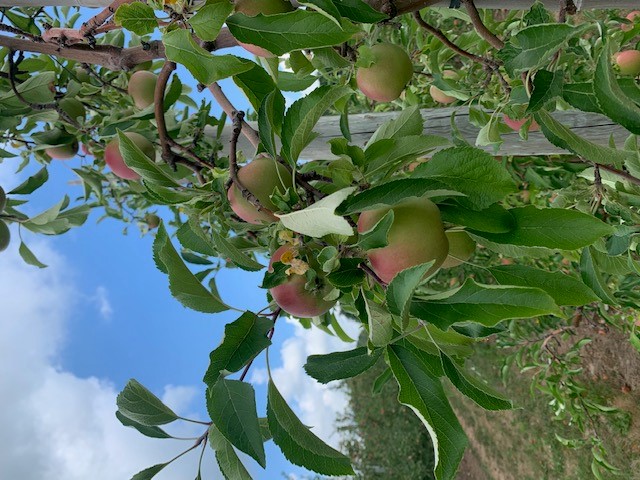
The cooperative spring weather allowed the bloom to take its time and provide a full crop of apples.
“The warmer summertime weather has given the apples an opportunity for their sugars and complex flavors to develop,” Ramsburg said. “With the more seasonally timed pollination period and extended bloom, this crop is providing a nice blend of large and small fruit, perfect for both tray packed sizes and bagged fruit size.”
Rice Fruit is the exclusive East Coast packer of the Kiku apple, and the company has increased plantings of varieties that are becoming more popular, such as EverCrisp, Lemonade, Ambrosia and Pink Lady.
The classics, such as Eastern golden delicious, aren’t forgotten either.
Read related: Arctic apples sampled in San Francisco
“We’re very enthusiastic about this coming season,” said Brenda Briggs, Rice Fruit’s vice president of sales and marketing. “We are really happy with what we see in the orchards at this point. Our selection of varieties and flavors are something we take a lot of pride in and believe customers will enjoy.”
Ranking fourth in the nation for apple production, Pennsylvania growers have a clean, quality crop this season as they made it through frost season, had good rainfall, sunshine and no extreme weather, said Andy Figart, president of Hess Bros. Fruit Co., Lancaster, Pa.
“We are very encouraged by what we’re seeing on the trees right now. The apples are looking as nice as we’ve seen them in the last five years,” Figart said. “The East has had a good growing season, a moderate summer with a mix of the right stuff.”
The company’s fruit comes from Pennsylvania, New York, Maryland and Virginia.
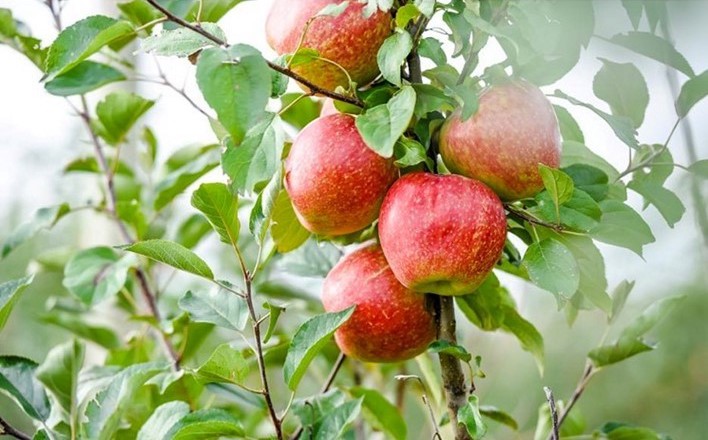
Next year, Hess will have WildTwist apples ready for retailers on both coasts, said Chris Sandwick, director of marketing.
Hess Bros. will double its WildTwist volume in 2021 over 2020, and then double production again the next year, for the next three years, he said.
“Consumer response is wonderful. When we get people to try it, they really, really love it,” Sandwick said.
“One of its great advantages is timing. It runs January to June. It’s better eating then, after storage, than it is in the fall.”
Read related: USApple: Many apple businesses will be left out of COVID-19 assistance Program
This category is continuing its transition from traditional to more modern varieties. Organizations such as Hess, Rice, Crunch Time, New York Apple Association, United Apple Sales and Yes! Apples help growers gradually make that transition when the market is there for that variety, when they can afford it and when it makes sense.
“And any transition is going to have its up and downs. It’s a process, and it doesn’t happen overnight. We don’t want to take something off the shelves that people are used to eating and give them something else before they’re ready,” Sandwick said.
“We look at trends and habits and make very educated guesses. We make sure our growers are informed what’s going on in retail. We don’t have perfect answers, but if we’re in constant communication, we can help make the transition a little better.”
Read related: U.S. Apple estimate slices forecast for Washington apples






